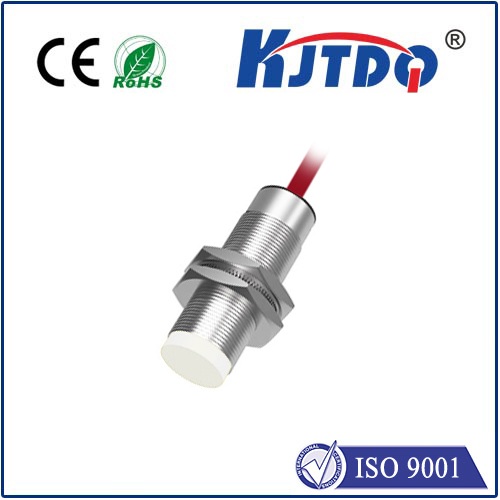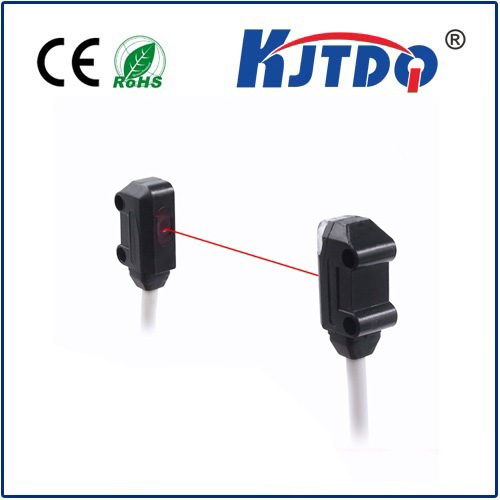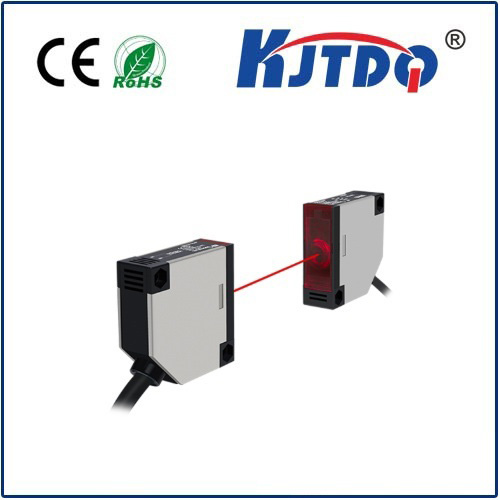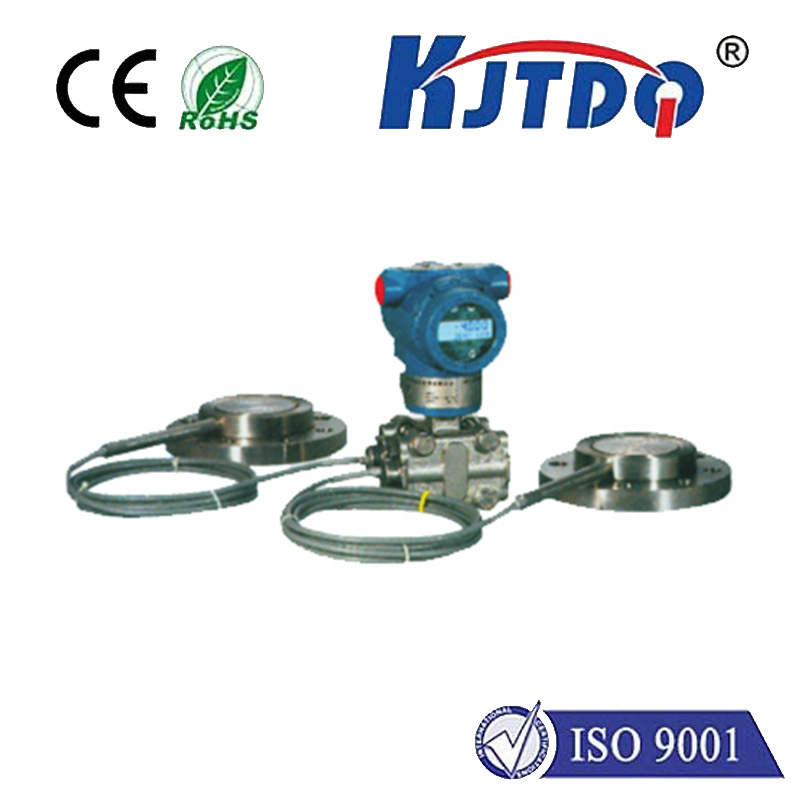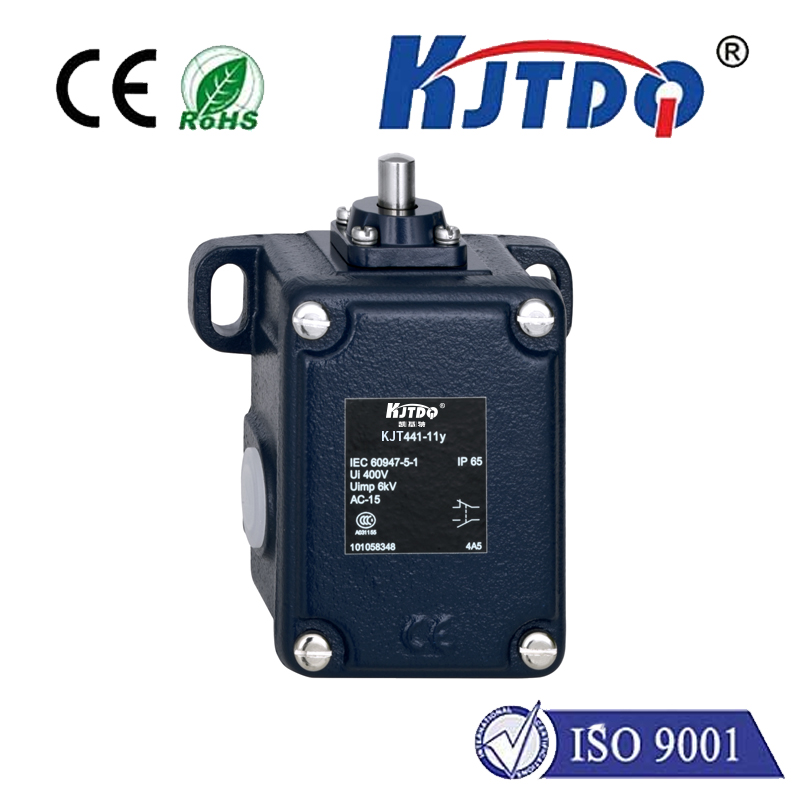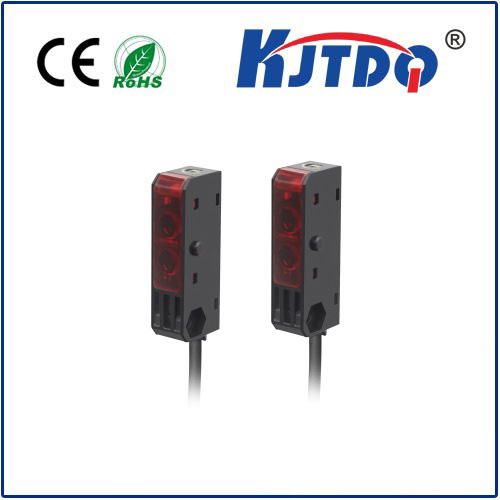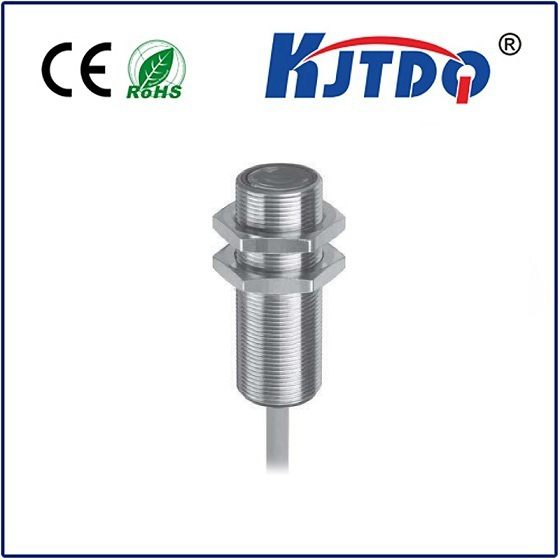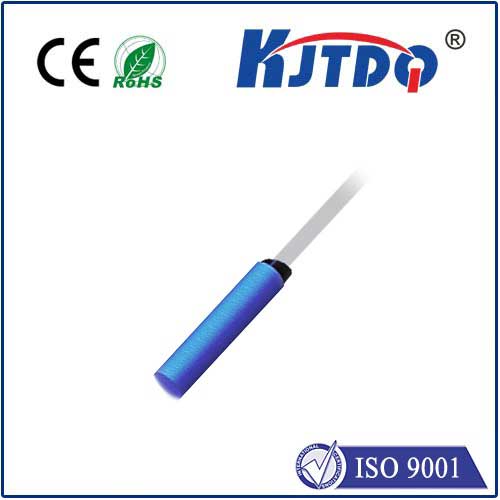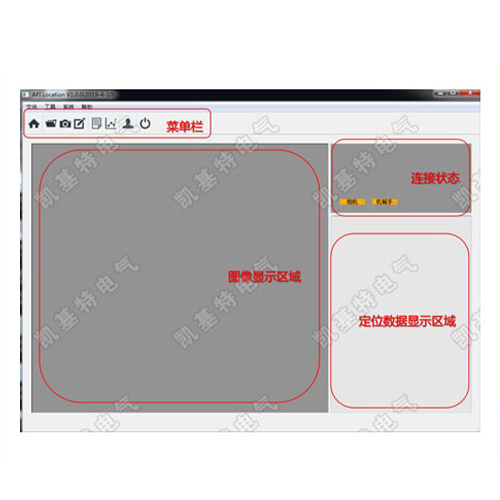Тип датчика индукционного приближения
- time:2025-07-19 08:21:17
- Нажмите:0
Decoding Detection: A Practical Guide to Inductive Proximity Sensor Types
Imagine a factory humming with activity. Robotic arms weld with precision, conveyor belts glide seamlessly, and packages are sorted at lightning speed. Much of this orchestrated magic relies on unseen sentinels – inductive proximity sensors. These workhorses of industrial automation detect the presence or absence of metallic objects without physical contact, ensuring processes run smoothly, safely, and efficiently. But not all inductive sensors are created equal. Understanding the core types of inductive proximity sensors is crucial for selecting the perfect electronic eye for your application. Let’s delve into the common variations and their unique strengths.
The Foundation: How They Sense
Before exploring types, recall the core principle driving all inductive proximity sensors. They generate a high-frequency oscillating electromagnetic field from a coil in their sensing face. When a ferrous (iron-based) or non-ferrous (like aluminum, brass, copper) metal target enters this field, tiny circulating currents called eddy currents are induced on the target’s surface. This interaction absorbs energy from the sensor’s oscillator circuit. The sensor detects this energy loss, triggers its internal switching circuitry (typically solid-state), and provides an output signal – indicating the presence of the target. Non-metallic objects (plastic, wood, liquids) generally have no effect, making these sensors ideal for detecting metal in messy environments.
Classifying the Core: Shielded vs. Unshielded (Flush Mount vs. Non-Flush Mount)
The most fundamental distinction revolves around how the electromagnetic field is controlled:
- Shielded (Flush Mount) Inductive Proximity Sensors:
- Design: These sensors have a ferrous metal shielding (often a sleeve) surrounding the coil and core, concentrating the electromagnetic field radically forward from the sensing face. The sensing face is usually flat or slightly recessed.
- Mounting: As the name “flush mount” suggests, they are designed to be installed flush with or embedded into a metal mounting surface without affecting their operation.
- Key Advantage: The shielding prevents the lateral electromagnetic field from interacting with surrounding metal. This allows reliable detection even when the sensor is mounted directly in a metal bracket, panel, or machine frame. No specific clearance around the sensor body is needed.
- Consideration: The concentrated field generally results in a slightly shorter sensing distance (Sn) compared to an equivalent unshielded sensor.
- Best For: Applications where sensors must be mounted very close together, embedded in metal structures, or surrounded by conductive materials. Common in compact machinery, linear actuators, and hydraulic cylinders.
- Unshielded (Non-Flush Mount) Inductive Proximity Sensors:
- Design: These sensors lack the surrounding ferrous metal shield. The sensing coil extends closer to the sides of the sensor housing, allowing the electromagnetic field to project more laterally.
- Mounting: They must be installed with a clear zone of non-metallic material around the sides of the sensor barrel (specified by the manufacturer, e.g., 1x or 2x the sensor diameter). Mounting them flush in metal will disrupt the field and cause malfunction or reduced range.
- Key Advantage: The more expansive field projection typically grants them a longer sensing distance (Sn) compared to a shielded sensor of similar size and specification.
- Consideration: The requirement for surrounding clearance can be a limitation in space-constrained or densely packed metallic environments.
- Best For: Applications requiring maximum range from a given sensor size, or where mounting surfaces are non-metallic (plastic, composite). Often used where sensors are mounted on brackets away from metal framework.
Form Follows Function: Housing Styles
Beyond the sensing field type, the physical housing plays a critical role based on installation constraints and environmental factors:
- Cylindrical (Barrel-Style) Sensors:
- These are the most ubiquitous and recognizable form factor, resembling a small metal or plastic barrel.
- Benefits: Simple to install (often threaded bodies for easy mounting in nuts), widely available in numerous sizes (e.g., M5, M8, M12, M18, M30 diameters), and robust. Offer both shielded and unshielded variants. Excellent sealing options (IP67, IP69K) are common.
- Use Cases: General machine automation, position detection of cylinders, end-of-travel limits, presence detection on conveyors.
- Rectangular (Block-Style) Sensors:
- Feature a compact, low-profile rectangular or block-shaped housing.
- Benefits: Ideal for installations with limited space, especially height restrictions. Often provide a larger sensing face relative to their volume. Some designs allow side sensing (field projecting parallel to the mounting surface) for unique positioning solutions.
- Use Cases: Packaging machinery, assembly lines, semiconductor handling, tight cavities within equipment, space-constrained linear motion systems.
Specialized Solutions: Beyond the Basics
For demanding applications, specialized inductive proximity sensor types offer enhanced capabilities:
- Analog Output Inductive Sensors:
- While most inductive sensors provide a simple digital (on/off) output, analog variants offer a continuous output signal (typically 0-10V or 4-20mA) proportional to the distance between the sensor and the target.
- Benefit: Enables tasks like position monitoring (measuring how far a target has moved), detecting variations in target thickness, or controlling processes based on precise proximity readings.
- Limitation: Generally have a smaller effective sensing range than their digital counterparts focused purely on presence/absence. Require analog input reading capability on the control side.
- Use Cases: Gap measurement, position feedback in non-precision actuators, thickness monitoring of metal sheets or parts.
- Factor 1 Sensors:
- Traditional inductive proximity sensors have different sensing distances for different target materials (e.g., shorter range for non-ferrous metals like aluminum compared to steel). Factor 1 sensors are specifically engineered to provide the same nominal sensing distance (Sn) regardless of whether the target is ferrous (Fe360) or non-ferrous (e.g., aluminum).
- Benefit: Simplifies design and maintenance when detecting diverse metal types. Provides consistent performance without recalibration or sensor change.
- Use Cases: Applications involving mixed metals on a line (e.g., automotive assembly), sorting systems handling different materials.
- High-Temperature & Extreme Environment Sensors:
- Standard sensors have operating temperature limits (often up to 70-85°C). Specialized versions use high-temperature resistant materials (cables, seals, potting compounds) and design features to withstand ambient temperatures exceeding 100°C, sometimes up to 200°C or even higher.
- Benefit: Reliable operation near furnaces, ovens, foundries, engines, and high-temperature processing lines.
- Use Cases: Metal casting, glass manufacturing, plastic extrusion, engine test stands, kilns.
- Washdown / High IP Rated Sensors:
- Built with extreme sealing (often IP68, IP69K) and corrosion-resistant materials (like stainless steel housings).
- Benefit: Withstands high-pressure water jets, steam cleaning, caustic washdown chemicals, and exposure to harsh cleaning agents, making them ideal for hygienic or corrosive environments.
- Use Cases: Food and beverage processing, pharmaceutical manufacturing, chemical plants, marine equipment.
Choosing Your Electronic Guardian
Selecting the right inductive proximity sensor type isn’t a
